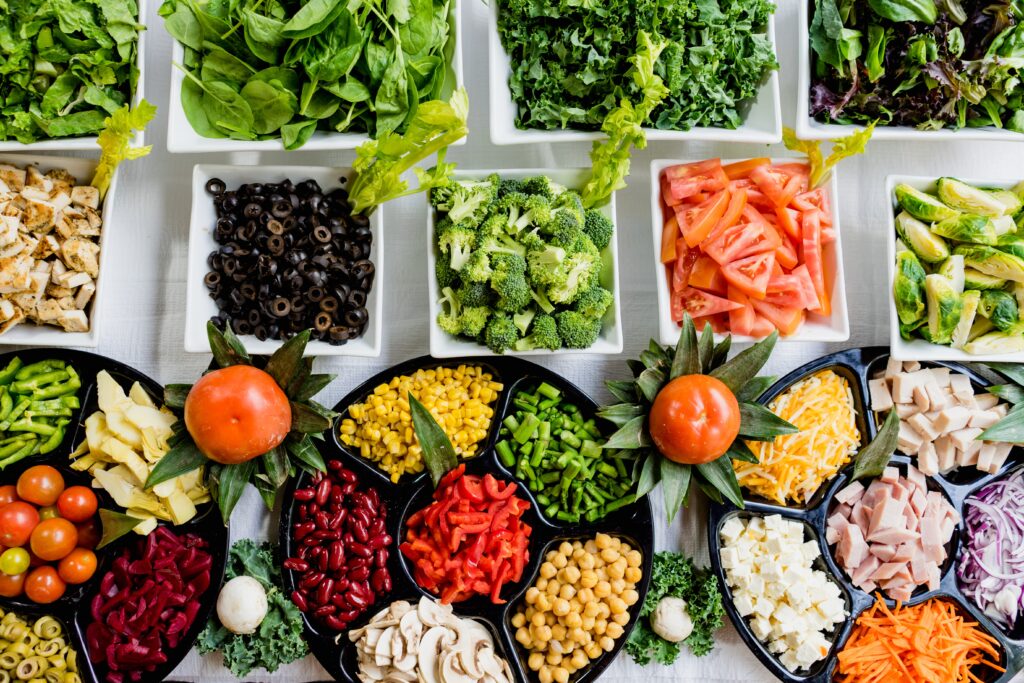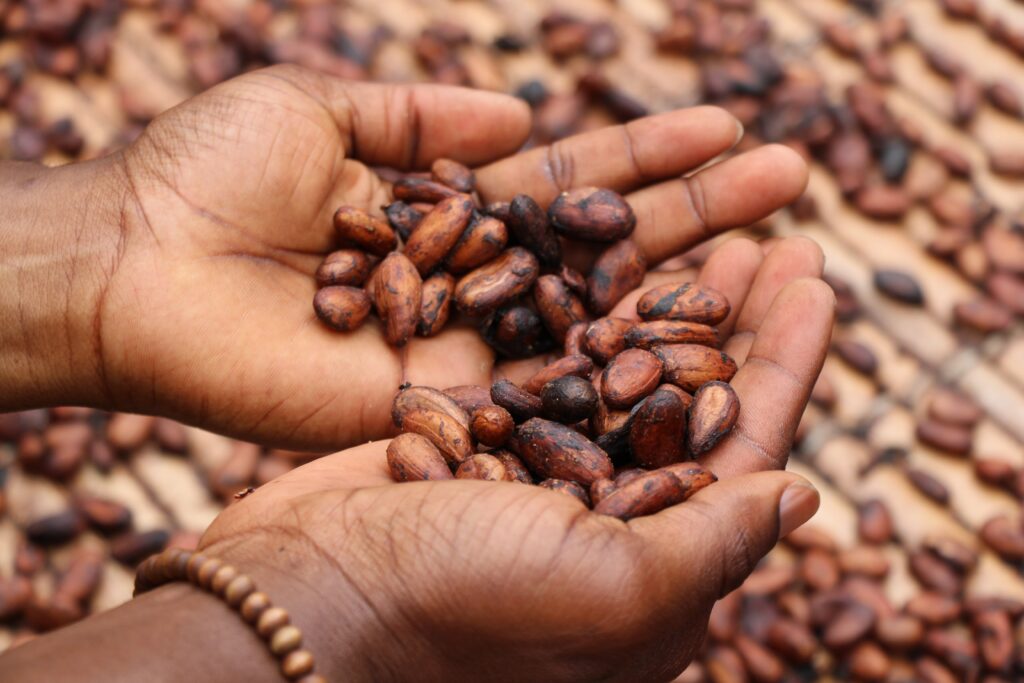Multipreparation for daily needs
Dr. med. Heinz Lüscher
Multipreparations to cover the daily need of important micronutrients are popular. Today’s lifestyle often makes a healthy and balanced diet a challenge and even if you have the time, knowledge and opportunities for such a diet, it is not so easy to really cover yourself with all the necessary vital substances. Unfortunately, our food does not contain as many vital substances as it did a few decades ago. Therefore it can be useful to think about a multipreparation, which supports you to get the most important vitamins and minerals.
Healthy mixture
It is not uncommon for people to ask for a multipreparation that covers their daily requirements of the most important vital substances. Especially for people who are neither ill nor suffer from a specific deficiency, but want to maintain and support their health, a multipreparation containing vitamins and minerals in a sensibly coordinated mixture can provide a valuable service. Today’s diet can quickly lead to imbalances in the body’s micronutrient balance. If, on the other hand, the most important vital substances are supplied daily, the organism can be supported in obtaining everything it needs for proper functioning. Since there is a wide range of such products on the market, it is important to check the preparations well and pay attention to the ingredients.

Which nutrients are part of the basic supply?
Multipreparations, which should provide the basic supply of essential vitamins and minerals, should contain the following vital substances:
Vitamins
- Vitamin A
- Vitamin D3
- Vitamin E
- Vitamin B1 (thiamine)
- Vitamin B2 (riboflavin)
- Vitamin B3 (niacin)
- Vitamin B5 (pantothenic acid)
- Vitamin B6 (pyridoxine)
- Vitamin B7/B8 (biotin)
- Vitamin B9 (folic acid)
- Vitamin B12 (cyanocobalamin)
- Vitamin C
Minerals and trace elements
- Calcium
- Chromium
- Iron
- Iodine
- Copper
- Manganese
- Magnesium
- Molybdenum
- Selenium
- Zinc
What are vitamins?
Vitamins are essential, organic micronutrients that the body cannot produce itself, so they must be ingested through food. (Vitamin D makes an exception here; with sufficient UV light exposure to the skin, the body can produce it). Vitamins support vital bodily functions as cofactors for enzymes, as hormones and antioxidants, among other things. A distinction is made between fat-soluble and water-soluble vitamins. The fat-soluble vitamins (A, D, E and K) can best be absorbed by the body with simultaneous fat intake. Unlike the water-soluble vitamins (C and B complex), these can be stored by the body. In the case of the water-soluble vitamins, too much is excreted by the kidneys. A vitamin deficiency leads to a characteristic clinical picture, depending on which vitamins are affected.
What are minerals and trace elements?
Minerals are vital inorganic nutrients that must be supplied to the body through food. They are chemical compounds that the body needs for various functions. Minerals are dissolved or contained as traces in liquids or food. Minerals are classified according to two dimensions. Namely, into bulk or macro elements, which are present in the body with a higher concentration and into trace or micro elements, where the required concentration is smaller. Unlike vitamins, minerals cannot be produced synthetically.
Some vital substances described in more detail
Vitamin D
The sun vitamin vitamin D is an incredibly versatile vitamin with almost innumerable influences on our health, because it has an effect on almost all areas of the body.
It is also important to mention that in our latitudes many people are deficient in vitamin D; with sometimes very drastic consequences.
More articles about vitamin D
- Vitamin D in general:
https://www.integrativemedicine.info/nutrients/vitamin-d/ - Vitamin D has an effect on almost all parts of the body (german):
https://www.vitalstoffmedizin.ch/index.php/de/easyblog/entry/vitamin-d-hat-eine-wirkung-auf-nahezu-alle-bereiche-des-koerpers
B vitamins
The B vitamins, often referred to as the B complex, are eight water-soluble vitamins that all serve as precursors for coenzymes.
- Vitamin B1 (thiamine)
- Vitamin B2 (riboflavin)
- Vitamin B3 (niacin)
- Vitamin B5 (pantothenic acid)
- Vitamin B6 (pyridoxine)
- Vitamin B7/B8 (biotin)
- Vitamin B9 (folic acid)
- Vitamin B12 (cyanocobalamin)
They are completely different substances, which do not really represent a uniform class, but are similar in certain functions and interact. The numbering is also not consistent, because for some of the substances originally called vitamins, the vitamin character could not be confirmed. Vitamins of the B-complex are found in plant, as well as animal foods. Here, only vitamin B12 makes the exception, it can hardly be found in plant foods. For people who avoid animal foods, I therefore recommend the intake of vitamin B12. The B vitamins influence countless metabolic processes. Briefly summarized, some of them serve the body for energy production and are thus especially important for the brain and heart, because they need a lot of energy. It also needs B vitamins for the function of the nervous system; e.g. for the transmission of excitation between nerves and muscles. They also influence the regeneration of the nervous system after illnesses. Individual B vitamins are important for building up and repairing tissue, especially nerve tissue and muscles, but also ensure healthy hair, skin and nails. Among other things, vitamin B12 influences cell differentiation, e.g. in the formation and maturation of red blood cells. A vitamin B12 deficiency can therefore lead to anemia (vitamin B12 deficiency anemia).
Iodine
Iodine is one of the trace elements and is mainly found in fish, seafood and algae. In our latitudes, iodine is hardly found in arable soils, pastures or drinking water, which is why iodized salt, for example, is sold to supply the population with iodine. In the human body, iodine is important primarily in connection with the thyroid gland. The thyroid gland, our largest endocrine gland, produces hormones that influence overall physical development and mental state. Iodine is a component of the thyroid hormones and is necessary for their formation. It is therefore of central importance for the functioning of the metabolism.
Selenium
Selenium is also a trace element, which is deficient in our latitudes, but which has an influence on various bodily functions. Selenium is found in varying concentrations in all organs and tissues of the body. The largest amount of selenium is stored in the skeletal muscles. Selenium is one of the important antioxidants that protect the body from dangerous free radicals that can cause various diseases by destroying body cells. Selenium also improves the performance of the immune system.
Iron
I have already described iron in detail elsewhere
Magnesium
Additional ingredients of a multipreparation
There are multipreparations that also contain maca powder, cocoa, licorice root and lecithin, among others. These are extremely interesting ingredients, which I am also happy to discuss.
Maca powder (also Peru Ginseng)
The inconspicuous-looking maca tuber thrives despite harsh conditions in the high plateaus of the Peruvian Andes and is therefore also called Peru ginseng. In Peru, the Maca root is part of the daily food, but is also used as a medicinal plant. The plant with its numerous ingredients has positive effects on physical performance and mental resilience. In addition, Maca has antioxidant, anti-inflammatory, as well as pain-relieving effects.
Cocoa
Cocoa beans can be harvested from the cacao tree (Theobroma cacao), which are known to us primarily as an important ingredient in chocolate. Indigenous peoples of Central America, however, already used them as medicine and natural stimulant and rightly so. The cocoa beans contain among other things abundant healthy secondary plant substances such as flavonoids. It also contains amino acids, some of which serve as the building blocks of neurotransmitters; for example, endorphins, dopamine, serotonin and its precursor tryptophan, and phenylethylamine. Endorphins dull pain, have a calming effect, ensure better sleep, inhibit stress, and provide a good mood. Dopamine controls drive, interest and zest for action. Serotonin stabilizes the mental state; it provides serenity, harmony and contentment. Phenylethylamine can be measured at a higher level in people in love, for example, and is responsible for these wonderful feelings. Another ingredient of cocoa is theobromine, it shows a similar effect as caffeine, but a little milder. It has a stimulating effect, but also has a vasodilating and heart-stimulating effect, a relaxing effect on smooth muscles and a mood-lifting effect. In cocoa is a concentrated charge Wellbeing!

Licorice root
Licorice (Glycyrrhiza glabra), as the name suggests, is sweet. The root tastes even 50 times sweeter than sugar, for which the contained glycyrrhizic acid is responsible. Since certain ingredients in multipreparations taste very bitter, licorice root is used as a natural sweetener. But licorice root offers other benefits as well. Licorice root made it to the medicinal plant of the year in 2012.
Lecithin
Lecithin is the common name for a group of chemical compounds called phosphatidylcholines. They are phospholipids composed of fatty acids and phosphoric acid, among others. Lecithins are also components of cell membranes (human, animal and plant). In the human body, lecithins are also involved in various metabolic processes. Lecithins are used in the food industry as emulsifiers, i.e. they enable the mixing of fat and water and can increase the bioavailability of food supplements (transport vehicles).
